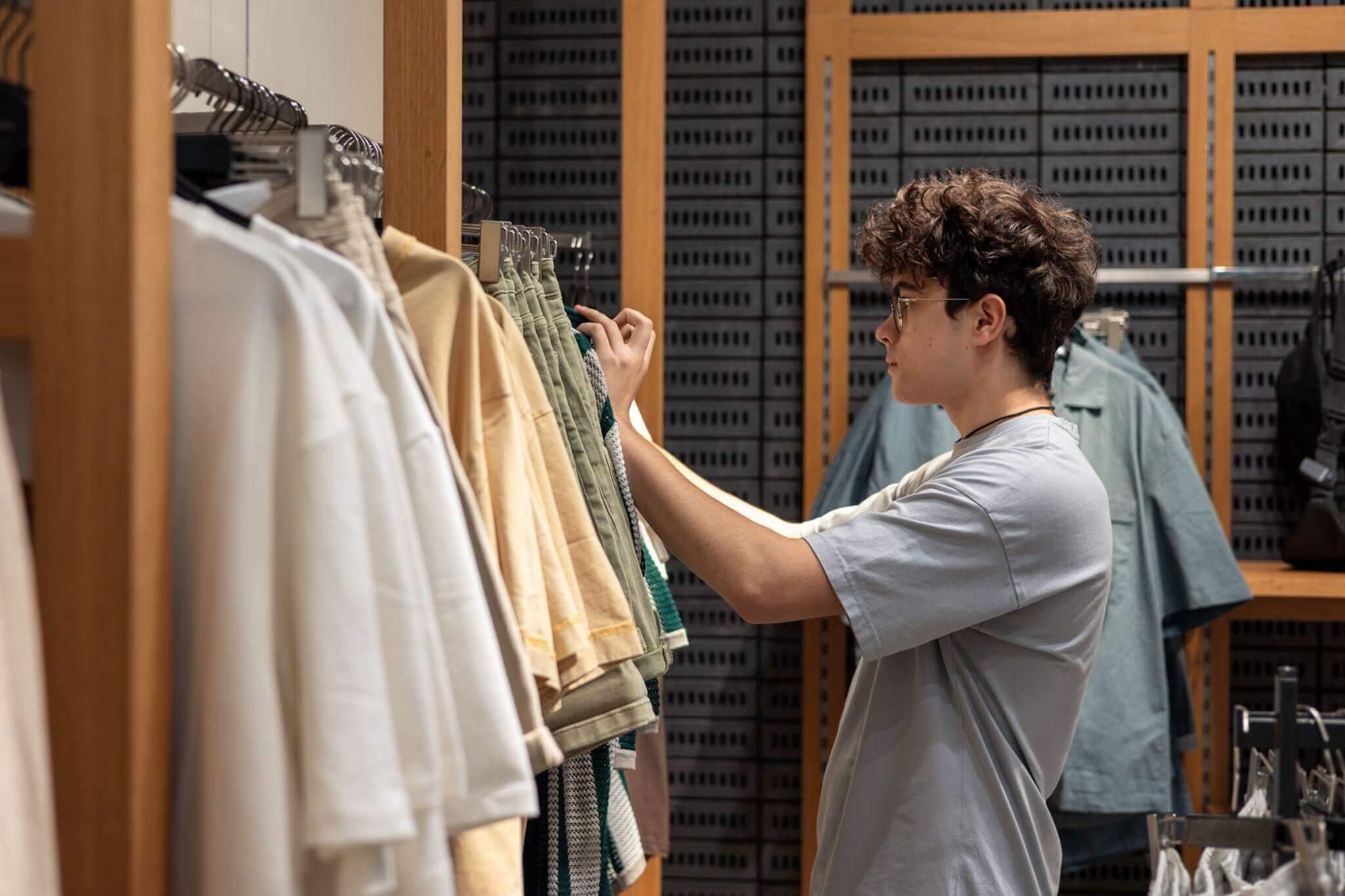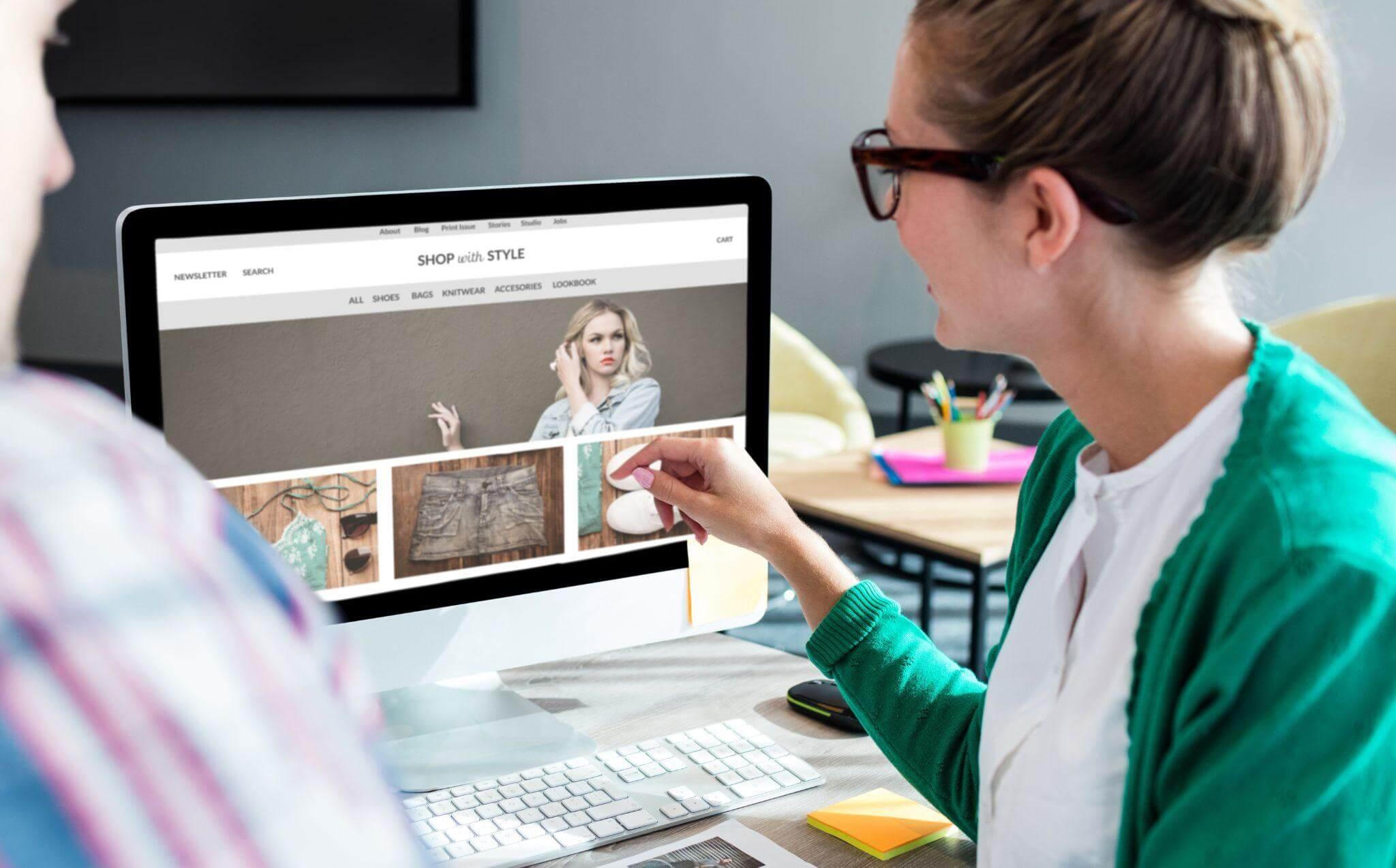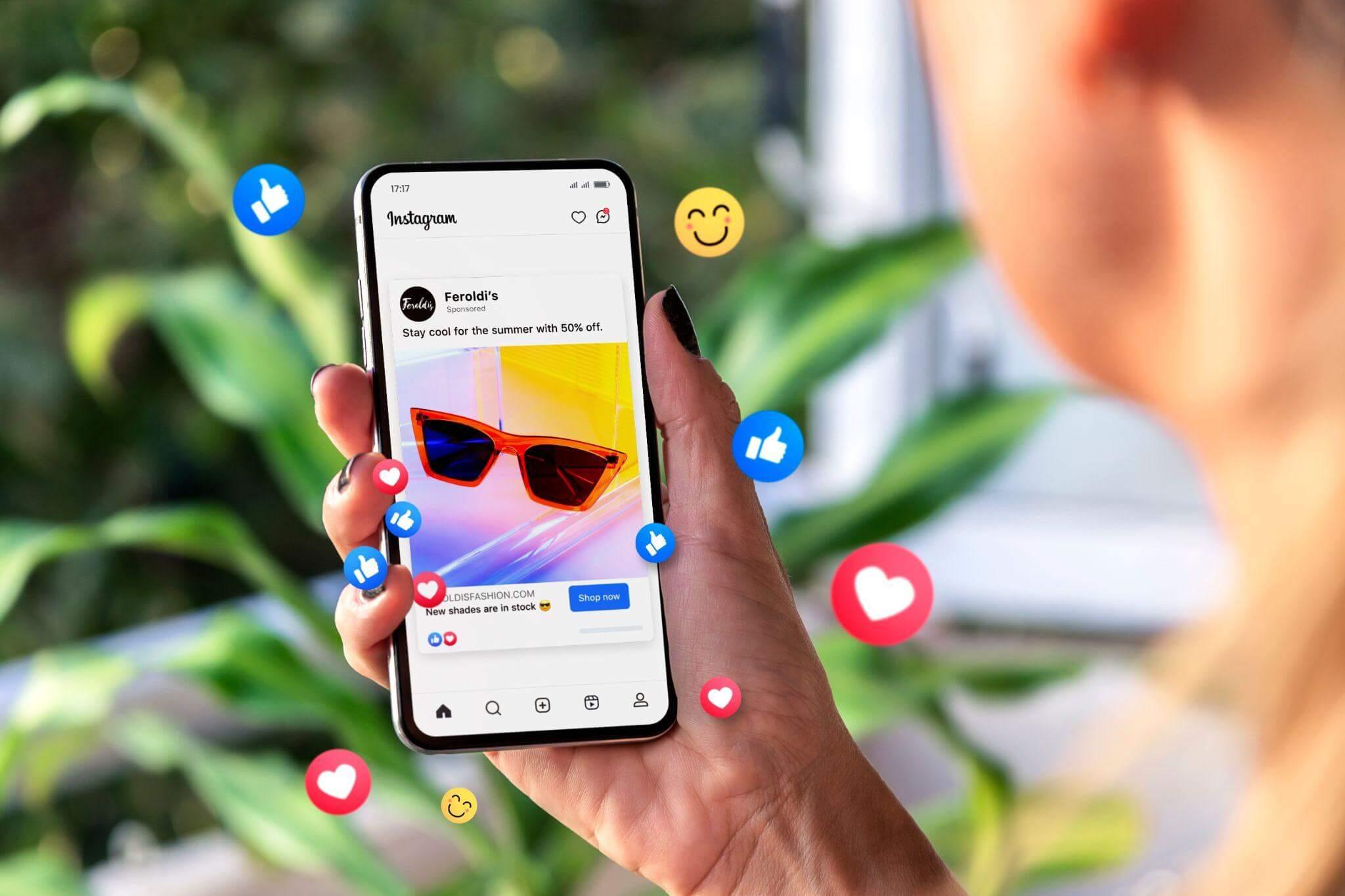Creating your own fashion brand is an exciting project. But before you buy stock, register a logo or create an e-commerce site, there’s a key question to answer: how do you test your brand idea before investing?
Too many entrepreneurs invest heavily in an idea that has never been tested in the marketplace. The result: dormant inventory, a misunderstood concept and depleted cash flow. This article provides a step-by-step guide to validating a fashion business idea, without breaking the bank.
At MicroStore, we support brand creators and retailers every day in the development of their business. Here’s a comprehensive, actionable guide to avoiding the most common mistakes.
1. Clearly define your brand concept

Before any concrete action, we need clarity. A good idea is worth nothing if it’s badly formulated. Too many brands are born without a clear direction or positioning. As a result, the message is blurred, the offering is illegible, and potential customers are confused.
Defining your concept lays the foundations for everything that follows: product, communication, image and branding. It’s also the starting point for creating a brand aligned with your values and the real needs of the market.
Start by answering these three questions:
- What problem does your brand solve?
- Who is it specifically aimed at?
- What’s your unique promise?
Example: “A clothing brand for active Muslim women, with elegant, covering pieces that are easy to wear.”
MicroStore tip: write a one-sentence pitch. If it’s vague or interchangeable, rework your concept.
2. Market research and competitor analysis

You’re not alone in your niche, and that’s a good thing. The presence of competitors proves that a market exists. But to differentiate yourself intelligently, you need to know who they are, what they do well, and where their weaknesses lie.
Competitive analysis is like a compass: it prevents you from setting off blindly, helps you refine your positioning and build an offer that resonates. It’s also an essential SEO lever for understanding the search intentions of your future customers.
Ask yourself the right questions:
- Which brands target the same audience?
- What do they offer?
- What are their prices, sales channels and key messages?
Useful tools: Google, Instagram, Pinterest, Google Trends, specialized forums.
Bonus : Pour vous aidez à vous différencier, consultez l’article suivant 👉 Trouver son concept différenciant dans la mode : exemples concrets
3. Identify your target and validate your real needs

Mistake number one: thinking you’ll like your idea because you like it. However, it’s not your personal taste that dictates the success of a brand, but the match between supply and demand.
Before launching anything, you need to test your concept in real life, with real people. Knowing your target better means you can communicate better, sell better and build loyalty.
How do you validate this need?
- Take polls on Instagram
- Create micro-interviews (10 to 15 minutes)
- Ask open-ended questions: what do they buy, what do they miss, what would they like to see?
Useful tools: Typeform, Google Forms, or simply your Insta mailbox.
4. Create a prototype or test collection

You don’t need a factory to get started. In the world of ready-to-wear, the MVP (Minimum Viable Product) is a strategic and economic approach.
It allows you to materialize your concept without breaking the bank, test the product’s reception and gather concrete feedback.
Options :
- A sketch + 3D model
- A physical prototype
- A series of realistic photos (on mannequin or white background)
Recommended platform: MyFashionWholesaler to find flexible suppliers who accept small runs.
5. Creating a landing page or fake brand site

What if you tested your concept like a real brand, but without the constraints? A well-designed landing page can act as a full-scale test.
You present your brand, your visuals, your promise – and observe the reactions.
Include :
- Logo (even temporary)
- The concept in 2 lines
- Visuals
- A pre-order form or newsletter subscription
Key indicator: if no one signs up, the concept hasn’t yet caught on. Adjust and try again.
Useful tools: Carrd.co, Systeme.io, or NanoShop to go further.
6. Test online sales with an MVP (Minimum Viable Product)

Nothing validates a concept better than… sales. At this stage, the aim is not to make massive sales, but to verify that strangers are ready to buy what you’re offering.
Examples of MVP mode :
- A signature hoodie
- A capsule dress
- A limited edition tote bag
Recommended solution: NanoShop to create a professional online store without code. Connected to MicroStore.
7. Analyze initial customer feedback

Selling is good. Understanding is better. Your first customers are your best allies when it comes to fine-tuning.
By listening carefully, you can gather valuable information about :
- The shopping experience
- Perceived quality
- Price positioning
Use these returns to adjust :
- The style
- The price
- Packaging
- Communication
8. Monitor engagement on social networks

Your community is a mirror: it reflects your brand’s appeal. Social networks are a formidable laboratory of ideas, reactions and trends.
What to test :
- Tone of voice (fun, committed, sober…)
- Visuals (real, carousels, stories)
- Content typology (values, behind-the-scenes, lookbooks…)
SEO + social indicators: likes, comments, shares, organic click rates.
Bonus: to help you with your content creation, we’ve put together an article with 10 concrete ideas you can try out to promote your clothing brand.
9. Avoid heavy investment without validation

Passion shouldn’t make you lose your senses. Many entrepreneurs make the mistake of professionalizing too early: legal status, massive production, complete branding… without having validated the viability of their idea.
The result: poorly targeted spending and a cash-flow burden.
MicroStore strategy: step by step. Create, test, adjust, relaunch. Reserve your budget for the moment when the concept is validated by your first customers.
10. Document your career path and surround yourself with intelligent people

Creating a brand is a marathon, not a sprint. The more you document your journey, the more you learn. Keeping track of your ideas, tests, results and feedback helps you progress faster and avoid repetitive mistakes.
And above all: don’t go it alone. If you know how to surround yourself with others, you’ll accelerate your learning curve, benefit from expert feedback, and save yourself stress.
With MicroStore: you have access to a community of industry professionals, a modern management tool and pre-vetted suppliers.
In short: how do you validate a fashion brand idea?
Launching a brand doesn’t begin with manufacturing, but with experimentation. By following these steps, you limit the risks and create a solid foundation on which to build a lasting brand.
Express checklist:
✔ Clear and differentiating concept
✔ Market research and persona
✔ Convincing prototype or visual
✔ Site or landing page
✔ Test sales via NanoShop
✔ Feedback
✔ Quick adjustments
MicroStore is with you every step of the way, from the very first idea:
👉 Find reliable suppliers → MyFashionWholesaler
👉 Sell online easily → NanoShop



